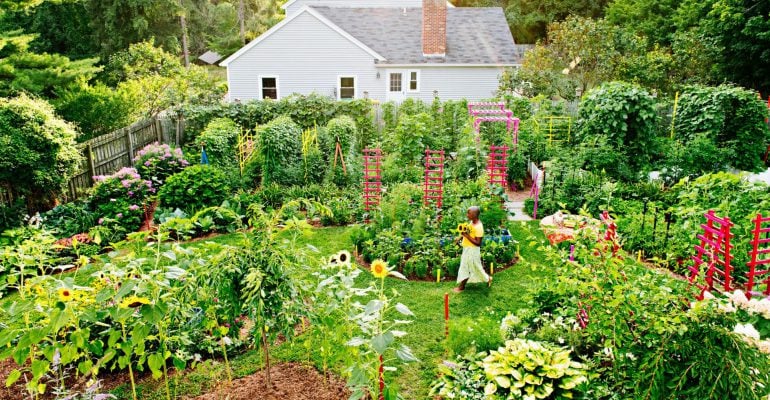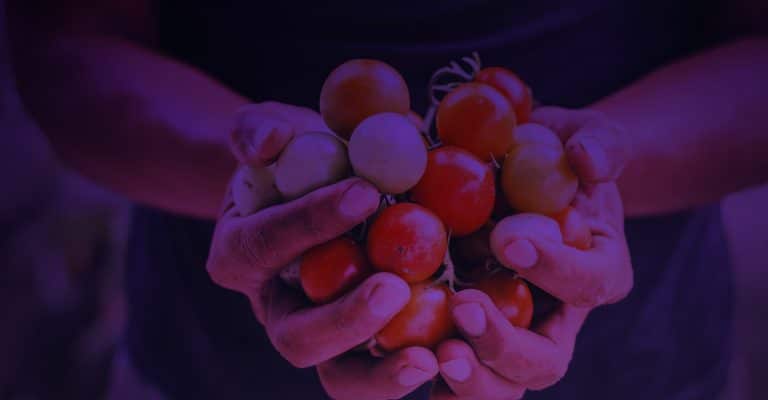Cultivating Sustainability: An Introduction to Permaculture
November 9, 2023 2023-11-09 15:14Cultivating Sustainability: An Introduction to Permaculture
Introduction
In a world grappling with climate change, resource depletion, and environmental degradation, the concept of permaculture shines as a beacon of hope. Permaculture, short for “permanent agriculture” or “permanent culture,” is a holistic design approach that empowers individuals and communities to create sustainable, regenerative ecosystems while harmonizing with nature. In this article, we’ll delve into the fascinating world of permaculture, exploring its core principles, practices, and its potential to transform the way we interact with the environment.
The Essence of Permaculture
Permaculture was coined and developed by Bill Mollison and David Holmgren in the 1970s as a response to the industrial agricultural practices that were wreaking havoc on the environment. It seeks to mimic the patterns and principles found in natural ecosystems to create abundant, resilient, and self-sustaining landscapes. At its core, permaculture is about working with, rather than against, nature.
Core Principles of Permaculture
- Observation: Before any design is implemented, permaculturists spend a significant amount of time observing the natural systems and patterns of a site. This keen observation informs their decisions and helps create designs that work in harmony with the local environment.
- Design: Permaculture emphasizes thoughtful and intentional design. Practitioners aim to create systems that maximize efficiency and minimize waste. Design elements often include food forests, swales, and integrated animal systems.
- Sustainability: Permaculture systems are built to last. They focus on regenerating soil health, conserving water, and fostering biodiversity, ultimately promoting long-term sustainability.
- Self-Regulation: Nature is a master of self-regulation, and permaculture designs aim to emulate this characteristic. By creating systems with multiple functions and elements that support each other, permaculturists reduce the need for human intervention and external inputs.
- Diversity: Biodiversity is a cornerstone of permaculture. By integrating a wide variety of plants, animals, and microorganisms, permaculture systems become more resilient to pests, diseases, and climatic fluctuations.
- Energy Efficiency: Permaculture strives to minimize energy inputs and prioritize renewable energy sources whenever possible. This focus on energy efficiency reduces environmental impact and lowers costs.
- Caring for People: While permaculture is deeply rooted in ecological principles, it also places a strong emphasis on social aspects. It seeks to create systems that benefit people by providing food security, improving livelihoods, and fostering a sense of community.
Permaculture in Practice
Permaculture principles can be applied in various contexts, from urban gardens to rural homesteads and large-scale agricultural operations. Here are a few key components often found in permaculture designs:
Food Forests
Food forests are diverse, multi-layered ecosystems that mimic natural forests but are designed to produce food. These systems include a canopy of tall fruit or nut trees, understory shrubs and berry bushes, herbaceous plants, and ground covers. By imitating forest ecosystems, food forests create abundant, low-maintenance sources of food.
Swales and Keyline Design
Swales are contour trenches used to slow water runoff, capture rainwater, and allow it to infiltrate the soil. Keyline design is a variation that incorporates contour plowing to further maximize water retention and distribution. These techniques are fundamental in water management and soil improvement.
Polyculture and Companion Planting
Permaculturists employ polyculture by planting diverse species together to enhance soil health, reduce pest pressure, and increase overall productivity. Companion planting, a form of polyculture, involves strategically planting compatible species that provide mutual benefits.
Animal Integration
Animals are integrated into permaculture systems to contribute to soil fertility, weed control, and food production. Techniques like rotational grazing and using animals to manage kitchen waste are common practices in permaculture.
Natural Building
Permaculture extends its principles to sustainable construction methods, emphasizing the use of local and natural materials, energy efficiency, and passive solar design in building structures that harmonize with the environment.
Conclusion
Permaculture offers a holistic and sustainable approach to designing human systems that align with the patterns and principles of nature. It empowers individuals and communities to take action in addressing the pressing environmental challenges of our time while enhancing food security, fostering resilience, and promoting a sense of interconnectedness with the natural world.
To delve deeper into the world of permaculture and witness its transformative potential, check out this informative video: Permaculture Principles – Intro (YouTube). Whether you’re a seasoned gardener or just beginning to explore sustainable living, permaculture offers a path toward a more regenerative and harmonious future.



















